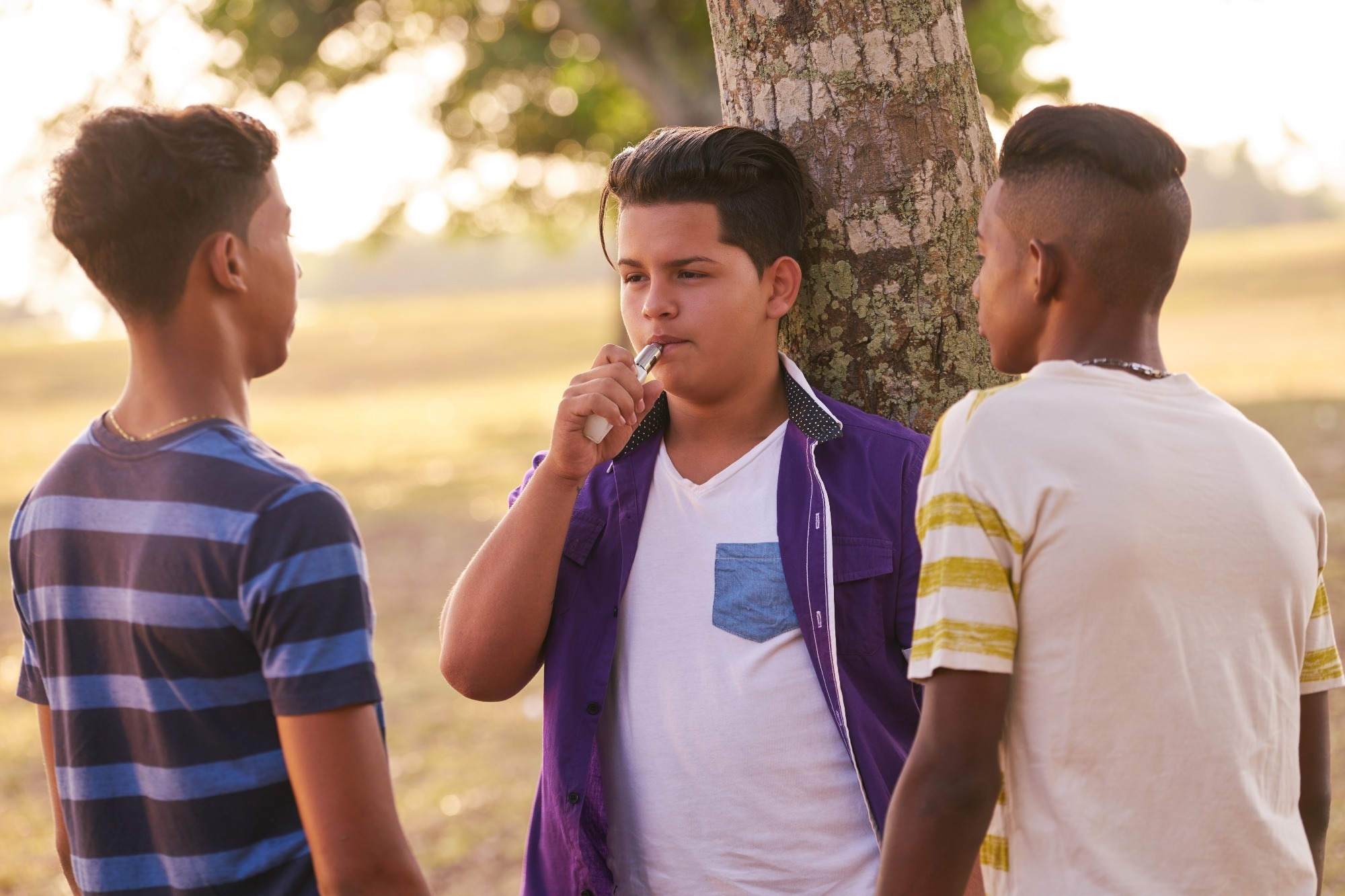In a current research posted to the medRxiv* preprint server, researchers reported the vaccine effectiveness (VE) and duration of immunity against extreme acute respiratory syndrome coronavirus 2 (SARS-CoV-2) Omicron.
Since its emergence in late November 2021, the Omicron variant has quickly unfold worldwide, changing beforehand dominant variants. Elevated charges of symptomatic or asymptomatic an infection in totally vaccinated people and convalescents elevate considerations in regards to the effectiveness of present vaccines against SARS-CoV-2 Omicron.
In regards to the research
Within the current research, researchers reported outcomes from an interim evaluation of a dwelling systematic evaluation (LSR) summarizing proof on VE and duration of protection against SARS-CoV-2 Omicron. For the LSR, the researchers included research investigating VE against SARS-CoV-2 an infection amongst folks aged 12 years or older for European Drugs Company (EMA) authorized vaccines.
For the present evaluation, solely the research which investigated the talked about outcomes as a result of SARS-CoV-2 Omicron or in the course of the Omicron interval had been thought of. The coronavirus illness 2019 (COVID-19) literature database created by the Robert Koch Institute (RKI) library was looked for research revealed from October 23, 2021, to January 14, 2022, regardless of publication standing or language.
Extra research had been recognized by hand-search or meta-search of web sites until February 11, 2022. Research with potential relevance had been screened on the title or summary and full-text degree. The VE information throughout the next three comparisons had been thought of – 1) major collection vs. no vaccination, 2) major vs. booster vaccination, and 3) booster vs. no vaccination.
The first outcomes had been analyzing VE against SARS-CoV-2 an infection confirmed by polymerase chain response (PCR) or antigen exams, symptomatic or extreme COVID-19. VE information had been stratified based mostly on the time since vaccination: 14 days, 14 days to 3 months, three to 6 months, and greater than six months. The researchers assessed the p.c distinction of VE over time for research reporting estimates for no less than two-time factors.
Findings
The staff recognized greater than 8,400 entries from the database and 38 by hand-search or meta-search of web sites. After screening, 26 research had been chosen for information extraction. Most (21) had been non-peer-reviewed; 5 investigated VE against an infection and related outcomes with the Omicron variant alone. The remaining research included VE estimates against an infection with SARS-CoV-2 Delta for comparability.
The variant related to an infection was recognized by S-gene goal failure (SGTF) in PCR exams, whole-genome sequencing (WGS), or from identified time factors of the predominant circulation of SARS-CoV-2 Omicron. Twenty-two research reported VE estimates for major vaccination, whereas 23 reported VE for booster dose. One research in contrast VE after the second booster dose (fourth dose) to after the third dose.
Most research assessed the VE of messenger ribonucleic acid (mRNA) vaccines (13 Pfizer’s BNT162b2, and 9 investigated Moderna’s mRNA-1273). Twelve research examined VE against any SARS-CoV-2 an infection, i.e., with out differentiating between symptomatic or asymptomatic instances. Throughout all research, VE after 14 days of major vaccination ranged from 0% to 62%.
The research reporting information for no less than two-time factors revealed a decline in VE by 16% to 34% as much as six months with mRNA vaccination. After booster administration, VE throughout all research was 34% to 76% relative to non-vaccinated topics and 14% to 53% relative to these after major vaccination. Twelve or extra days after the fourth dose (second booster), VE against Omicron an infection was 47%.
Seven research estimated VE against symptomatic Omicron an infection. VE at 14 days ranged from 6% to 76% throughout these research. For research with estimates on no less than two-time factors, VE dropped by 45% – 63% for mRNA vaccines and 50% for vector-based vaccines as much as six months post-vaccination. VE at 14 days after booster dose was 19% to 73.9% relative to non-vaccinated topics and 50% to 68% in contrast with major vaccination.
Seventeen research estimated VE against extreme COVID-19. VE at 14 days was 3% to 84% in comparison with non-vaccinated people that dropped to 40% and 15% – 67% by six months submit mRNA and vector-based vaccination, respectively. VE ranged from 12% to 100% at 14 days after booster vaccination and 78% to 93.7% as much as three months submit increase. After the fourth dose (second booster), VE was 75% against extreme illness assessed at 12 days or later.
From the research that included comparability teams, the chance ratios indicated a better threat for any or symptomatic Omicron an infection than Delta an infection. However, the chance of extreme COVID-19 was decrease post-Omicron an infection than Delta an infection in vaccinated folks.
Conclusions
In abstract, these observations revealed that VE after major vaccination was low for COVID-19 vaccines authorized within the European Union however improved post-boost in stopping Omicron infections. Furthermore, VE was excessive against extreme illness, notably after administering a booster. Vaccine-induced immunity waned quickly after major vaccination however was much less pronounced for extreme COVID-19.
*Necessary discover
medRxiv publishes preliminary scientific reviews that aren’t peer-reviewed and, due to this fact, shouldn’t be considered conclusive, information medical observe/health-related conduct, or handled as established data.












